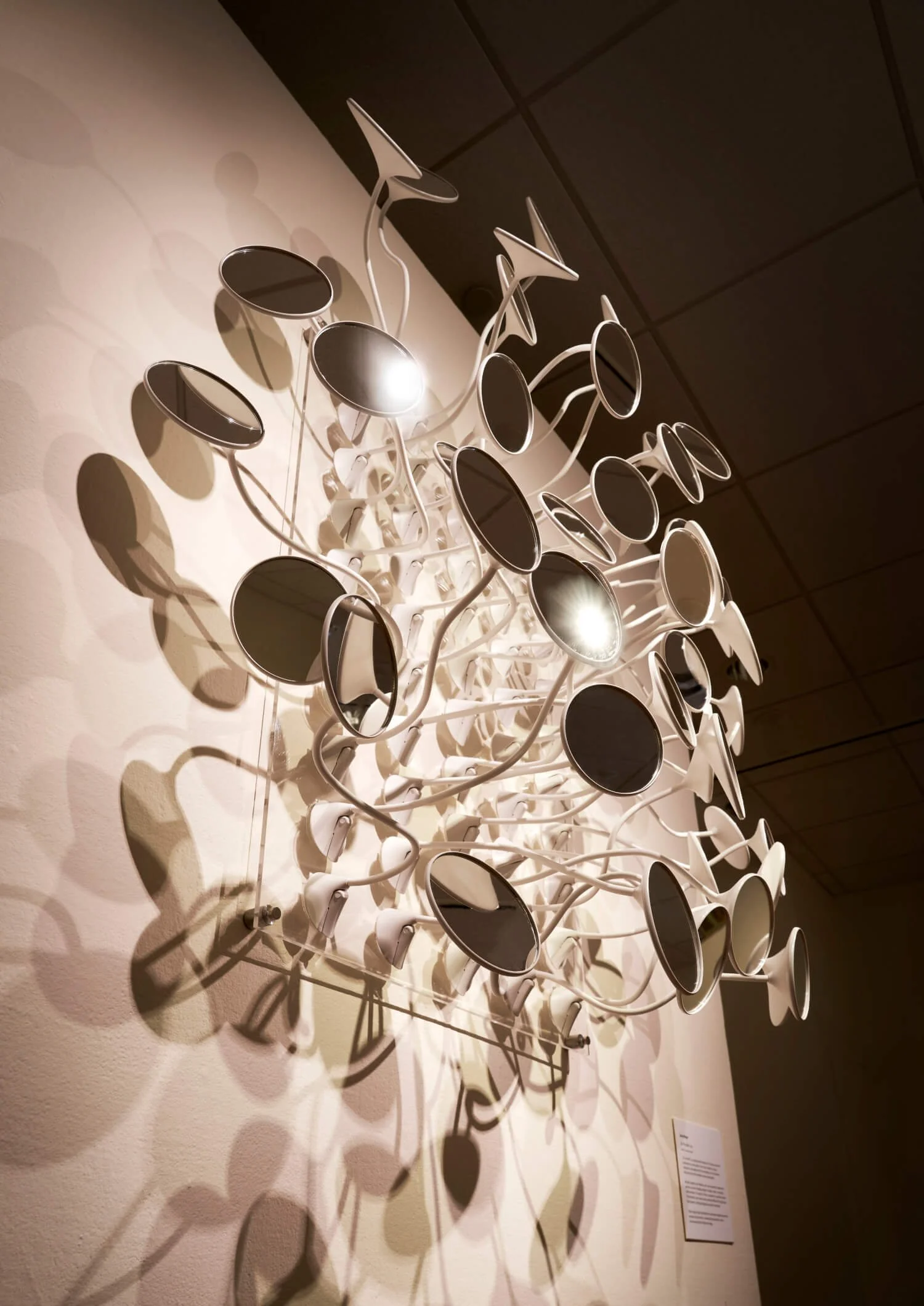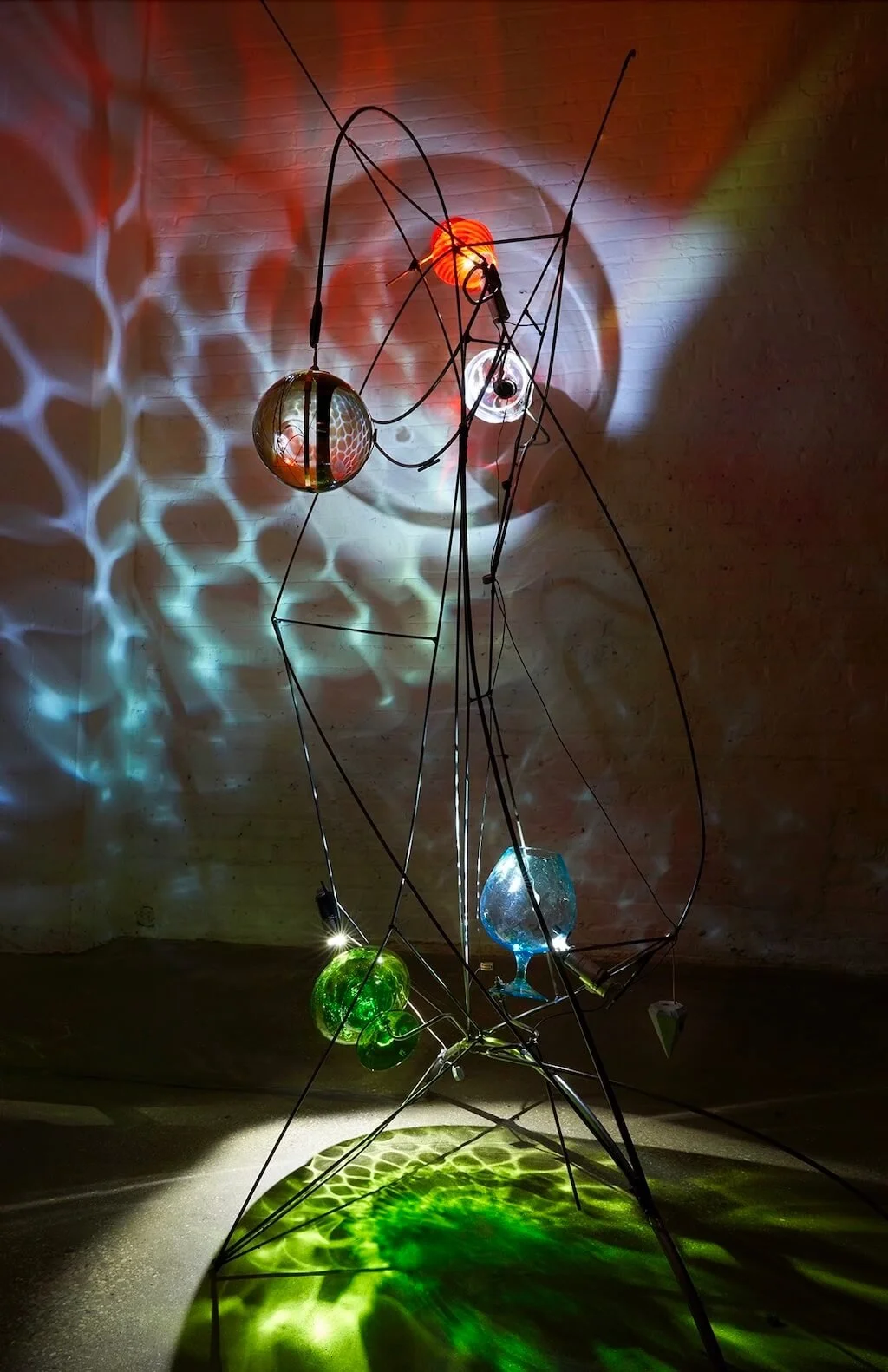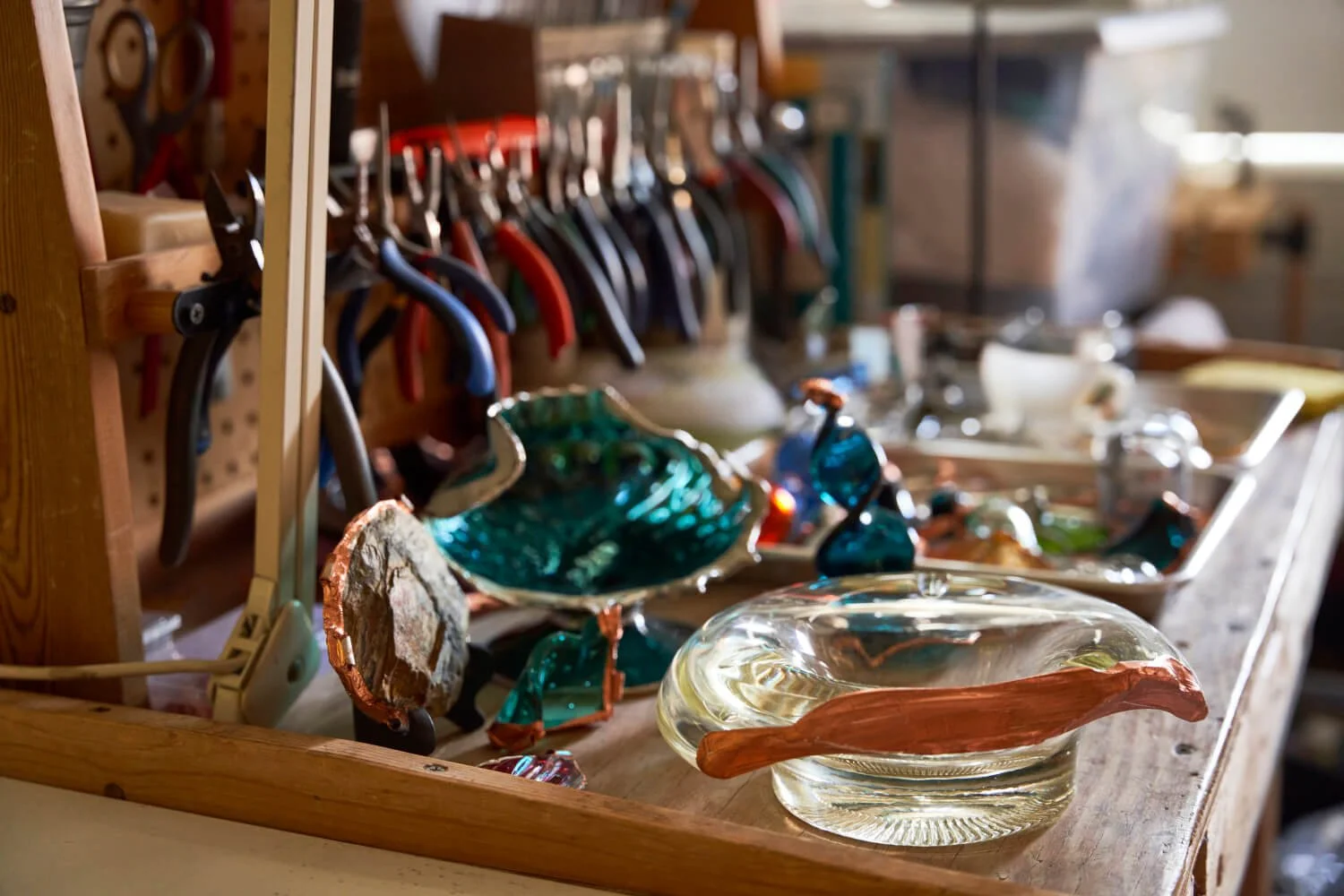Dana Major
Dana Major is a Chicago-based interdisciplinary light artist. Major’s site-specific installations—made from studio-fabricated LEDs, repurposed domestic and scientific glass, concrete, crystals, and welded steel—explore how perception creates reality through the surprise of worlds beyond what we usually see.
Her 2011 MFA from the School of the Art Institute of Chicago follows a BA in Philosophy from DePaul University and an 18-month arts apprenticeship in St. Petersburg, Russia. Major has taught in the Sculpture Department at SAIC and offers accredited studio internships at both undergraduate and graduate levels for students of AICAD member schools (the Association of Independent Colleges of Art and Design).
Highlights of her international exhibitions, awards, and art fairs include: Art Basel Miami, Art Expo Chicago, SOFA New York and Chicago, The Kentucky Museum of Art and Craft, Elmhurst Museum of Art, The Archie Bray Foundation, The Santa Fe Art Center, The Pablo Center for the Arts, and the Garfield Park Conservatory.
Artist Statement
My interactive light installations investigate how perception creates reality. Studio-made LEDs, repurposed glass, reflection, shadow, and lensing explore the surprise of worlds beyond what we usually see. The lenses of microscopy and astronomy show patterns and processes that, bound up with the inherent limitations of ways of seeing, come to be called reality.
I am interested in the analog aspects of light that were available prior to the Digital Age. Sir Isaac Newton founded light science from candles, sunlight, and crystal prisms, repositioning himself and his experiments as the sun moved throughout the day to compose his seminal work, Opticks.
My work brings an opportunity for slow observation of lights we see—but don’t notice—every day. There are no computers, no Wi-Fi, no software, no digital programming, no motors, and no projectors involved in my work. The movement of light in my work is analog, directly related to the real space. For example, a lens sways because of air movement overhead. I fabricate my own light-emitting diodes at the soldering table in order to control color and intensity. LEDs make light by interrupting a low-voltage electrical circuit with a diode that glows as it hosts this interruption in the wire. It is not smart technology. When the light leaves the emitter, it goes to me, the human maker, to lens, colorize, and move—not to a computer limited to the parameters of its manufacture.
This is slow light, at the pace of the human.
danamajor.com







